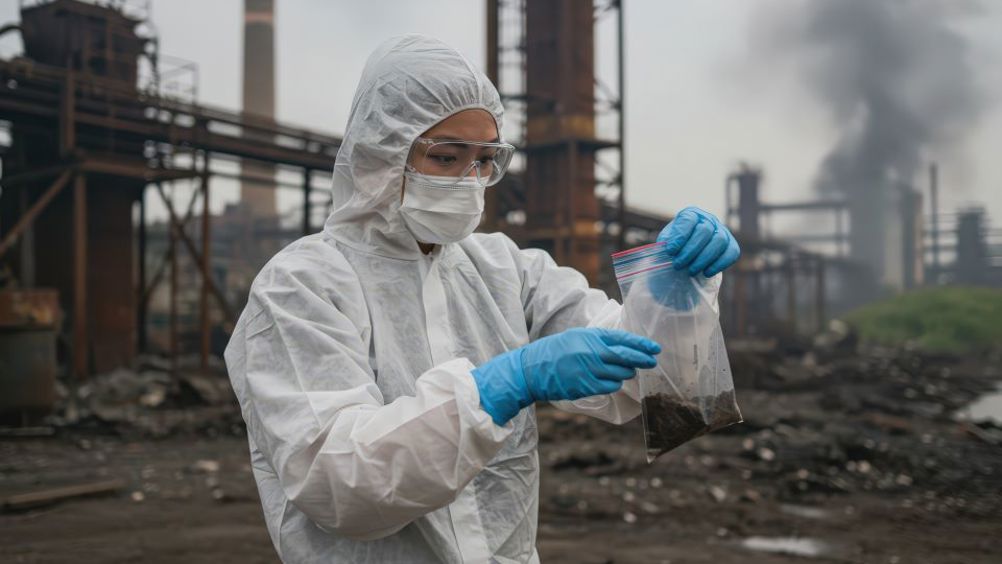New method detects hidden soil pollutants
Researchers in Texas have developed a new way to identify hazardous pollutants in soil, including ones that have not been isolated or studied in a lab.

The new approach developed at Rice University and Baylor College of Medicine uses light-based imaging, theoretical predictions of compounds’ light signatures and machine learning (ML) algorithms to detect toxic compounds such as polycyclic aromatic hydrocarbons (PAHs) and their derivative compounds (PACs) in soil.
A common by-product of combustion, PAHs and PACs have been linked to cancer, developmental issues and other serious health problems.
Identifying pollutants in soil usually requires advanced laboratories and standard physical reference samples of the suspected contaminants. However, for many environmental pollutants that pose a public health risk, there is no experimental data available that can be used to detect them.
“This method makes it possible to identify chemicals that have not yet been isolated experimentally,” said Naomi Halas, University Professor and the Stanley C. Moore Professor of Electrical and Computer Engineering at Rice.
The new method uses surface-enhanced Raman spectroscopy, which analyses how light interacts with molecules, tracking the unique patterns (spectra) they emit. According to the team, the technique is refined through the use of signature nanoshells designed to enhance relevant traits in the spectra.
Register now to continue reading
Thanks for visiting The Engineer. You’ve now reached your monthly limit of news stories. Register for free to unlock unlimited access to all of our news coverage, as well as premium content including opinion, in-depth features and special reports.
Benefits of registering
-
In-depth insights and coverage of key emerging trends
-
Unrestricted access to special reports throughout the year
-
Daily technology news delivered straight to your inbox










UK Enters ‘Golden Age of Nuclear’
The delay (nearly 8 years) in getting approval for the Rolls-Royce SMR is most worrying. Signifies a torpid and expensive system that is quite onerous...